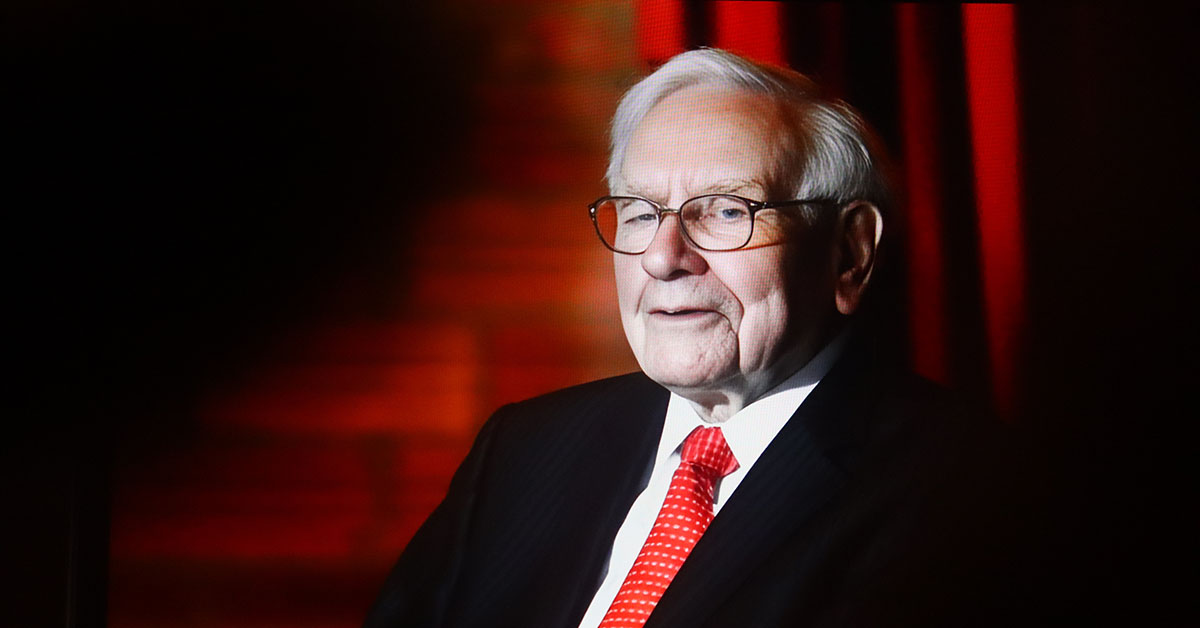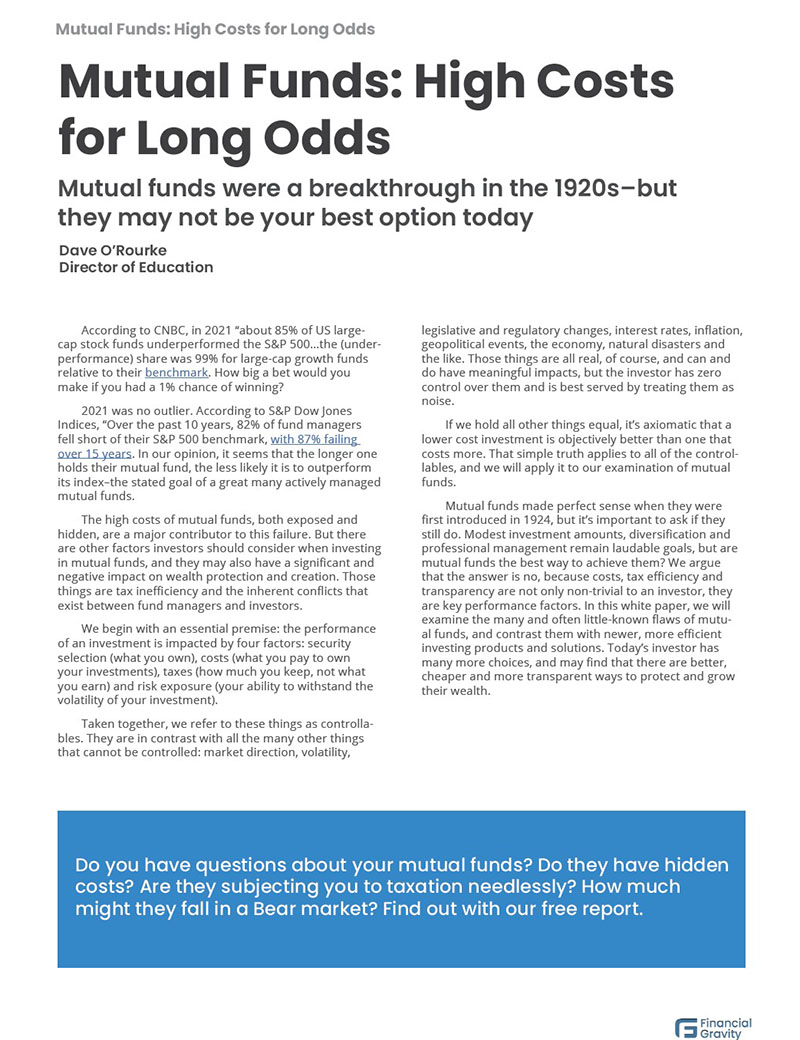Warren Buffett Makes His Exit
This year marks a historic milestone in the world of finance: Warren Buffett has announced his intention to step down this year after 60 years of remarkable leadership at Berkshire Hathaway. In this month’s Family Office Chronicle, we’re going to look back on the great man’s track record and examine a few of his foundational investment principles, hoping to understand better what made Buffett so very good at his job.
More than just an investing icon, Buffett represented something deeper—a steady hand, a long view, and a voice of reason in times of chaos. His career spanned more than half a century, yet his core principles never wavered. Patience, discipline, and a belief in the power of great businesses to compound value over time defined his legacy.
A Breathtaking Record of Success
Warren Buffett’s investment performance at Berkshire Hathaway is unparalleled in financial history. Since taking control in 1965, Buffett has transformed the company from a struggling textile manufacturer into a diversified conglomerate with a market capitalization exceeding $1 trillion as of 2025. The following are some key performance metrics.
Total Return: Berkshire Hathaway’s stock has appreciated by approximately 5,502,284% from 1965 through 2024, vastly outperforming the S&P 500’s total return of about 39,054% over the same period. How good a money manager was Buffett? If you’d put $1,000 into Berkshire Hathaway when Buffett took over and still held it today, it would be worth over $55 million.
Compound Annual Growth Rate (CAGR): Buffett’s extraordinary stock performance equates to a CAGR of 19.9% for Berkshire Hathaway, nearly double the S&P 500’s 10.4% annual return. We should point out that Buffett was no flash in the pan, getting lucky in an up cycle: he compounded at almost 20% per year for 60 years.
Outperformance Frequency: Berkshire Hathaway has outperformed the S&P 500 in 40 out of the past 60 years. If we dig deeper, we see something even more impressive—Buffett outperformed the S&P 500 in 11 out of 13 years when the index posted negative total returns. Notably, in seven of those years, Berkshire achieved positive returns despite the market downturn.
Comparison to Other Investors: Buffett’s consistent outperformance over six decades places him in a league of his own. While many fund managers struggle to beat the market over shorter periods, Buffett’s track record demonstrates sustained excellence. His ability to generate superior returns through various market cycles underscores his exceptional investment acumen.
Principled Discipline Worked
Buffett’s success is attributed to his disciplined investment approach, focusing on value investing principles, long-term holding periods, and a preference for high-quality businesses with durable competitive advantages. His legacy serves as a benchmark for investors worldwide.
Buffett enjoyed all of his success out in the open, right in front of the entire world. His annual shareholders’ meeting in Omaha was a kind of miracle of transparency. Buffett was a relentless pitchman for the companies he owned, names like American Express, Coca-Cola, Sees Candies, GEICO, and Dairy Queen. Attendees could even purchase items from the portfolio companies at the “Berkshire Bazaar of Bargains”.
Buffett also owned some of the biggest names in Big Tech, and he owned them in much the same way he held these other storied brands: for the long term. The average holding period for stocks in Berkshire Hathaway’s portfolio is approximately 21 years, reflecting Buffett’s commitment to long-term investments and his belief in the enduring value of quality businesses.
In contrast, the average holding period for U.S. stocks has declined significantly over the decades. In the 1940s, investors typically held stocks for about 7 years. By 2020, this average had dropped to just 5.5 months, highlighting a trend toward short-term trading.
While specific average holding periods for the S&P 500 index aren’t readily available, the broader market trend mirrors the overall decline in holding periods, influenced by factors such as high-frequency trading and the rise of exchange-traded funds (ETFs).
Buffett’s approach emphasized investing in companies with durable competitive advantages and holding them indefinitely. He didn’t want to own stocks; he wanted to own companies, so his evaluation was based on two essential fundamentals: was the business situated to thrive over many years due to some combination of competitive advantages, and was it available at an attractive price?
Moats and Margins
The statistics above make a compelling case for Buffett as an investor, but Buffett was also very good at picking his mentors. Most notable among these was Benjamin Graham, founder of the investment firm Graham-Newman Corp, professor at Columbia Business School, and author of the seminal Security Analysis in 1934. Graham is considered the father of value investing.
Buffett is credited with popularizing much of Graham’s philosophy, including the “economic moat” and the “margin of safety.” Each serves a different purpose in evaluating and managing investments. Here’s how they relate, how they differ, and how Buffett used both:
The term economic moat refers to a sustainable competitive advantage that protects a company’s long-term profits and market share from competitors. Examples include brand strength (Coca-Cola), network effects (Apple), cost advantages (Walmart), and regulatory protection (utilities).
Buffett emphasized buying businesses with “a wide moat” to protect future earnings and shareholder value. Buffett believed that moats create durability and speak to the quality of the business.
Having a margin of safety means buying a stock at a significant discount to its intrinsic value to reduce downside risk. Among Buffett’s most famous rules for investing, he employed the margin of safety concept to ensure he wasn’t overpaying, even for high-quality businesses. The price must make sense and represent clear value at acquisition. Buffett famously said, “It’s far better to buy a wonderful company at a fair price than a fair company at a wonderful price.”
Here’s a good way to remember these two basic tenets of Value investing: an economic moat tells you what to buy, and the margin of safety tells you when to buy it. In Buffett’s approach, you ideally want both—a high-quality company with a durable moat, and the discipline to wait until it’s trading below its intrinsic value.
This long-term perspective not only underscores the potential benefits of patient investing but also serves as a counterpoint to the prevailing short-termism in today’s financial markets. One of his most famous quotes reminds us, “The stock market is a device for transferring money from the impatient to the patient.”
Buffett taught generations of investors that success isn’t about timing the market, predicting the future, or chasing the next hot stock. It’s about buying quality, staying invested, and tuning out the noise.
Here’s what we can all be grateful for: Warren Buffett showed us that you don’t need complexity to build wealth—you need clarity, conviction, and time. In a world of short-term thinking, he stood for something timeless. And that’s a lesson that will continue to guide us, long after his retirement.
As always, our goal is to carry that same mindset forward with your financial plan—measured, personal, and focused on the long term.


